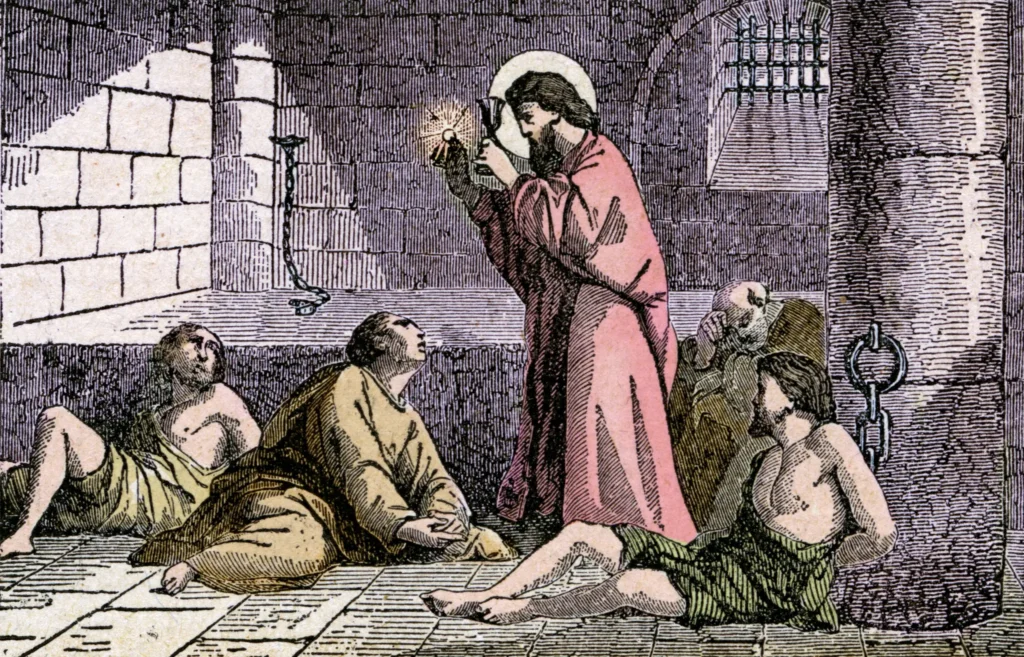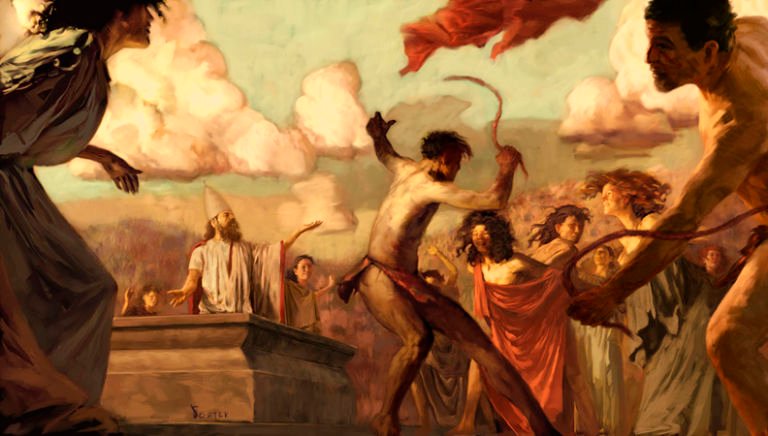Introduction
the dark truth about valentine’s day, with its romantic connotations of love, affection, and heartfelt gestures, has become a global phenomenon celebrated by millions every year. However, beneath its charming façade lies a history steeped in dark, bloody, and somewhat murky origins. As we delve into the historical roots of this holiday. We uncover a tale of ancient rituals. Religious martyrdom. And commercialization.
Ancient Origins: Lupercalia and Roman Rituals
The story of Valentine’s Day traces back to ancient Rome. Where the Romans celebrated a festival known as Lupercalia from February 13 to 15. This festival was dedicated to the Roman god of agriculture, Faunus, and involved violent and ritualistic ceremonies. During Lupercalia. Men would sacrifice a goat and a dog. And then use the hides of these animals to whip women. Believing that it would make them more fertile. The festivities also included a matchmaking lottery. Where young men would draw the names of women to be coupled up with for the duration of the festival.
Martyrdom of St. Valentine: Historical Accounts
The Romans’ celebrations during Lupercalia were far from the romanticized notions of love associated with Valentine’s Day today. Instead, they were marked by drunken revelry, nudity, and primitive rituals aimed at fertility and purification. It was a time of wild abandon, where societal norms were temporarily cast aside in the name of ancient traditions.
Christianization of Valentine’s Day: Pope Gelasius I’s Influence
The association between Valentine’s Day and romance can be partly attribute to the martyrdom of two men name Valentine. Both of whom were execute by Emperor Claudius II on February 14 of different years in the third century. Their deaths were later honor by the Catholic Church with the celebration of St. Valentine’s Day. However, the exact connection between these martyrs and the romantic aspects of the holiday remains shrouded in mystery.
Commercialization of the Holiday: Industrial Revolution to Modern Times
In the fifth century, Pope Gelasius I attempted to Christianize the pagan festival of Lupercalia by merging it with the celebration of St. Valentine’s Day. This blending of traditions resulted in a more subdued and sanitized version of the festival, with the emphasis shifting towards love and devotion rather than fertility rites. However, remnants of the pagan rituals persisted, albeit in a modified form, as the holiday continued to evolve over the centuries.
Modern Celebrations: Traditions and Practices
The commercialization of Valentine’s Day began to take shape in the Middle Ages, with the exchange of handmade paper cards becoming a popular tradition among lovers. The practice gained further momentum during the Industrial Revolution, leading to the mass production of Valentine’s Day cards in the 19th century. In 1913. Hallmark Cards capitaliz on the growing trend by mass-producing valentines, forever changing the way the holiday was celebrate.
Today, Valentine’s Day has become big business, with retailers cashing in on the romantic sentiments of consumers worldwide. However, the commercialization of the holiday has also led to its detractors, who argue that it has lost its true meaning amidst the flood of consumerism. Sociologists like Helen Fisher suggest that the celebration of Valentine’s Day is a reflection of societal values and desires, rather than an obligatory display of affection.
Unveiling the Dark Truth: Contrasting the Romantic Image
Despite its dark and murky origins, Valentine’s Day continues to be celebrate in varied ways around the world. While some indulge in extravagant displays of love, others find solace in the company of friends or embrace the joys of singlehood. The holiday serves as a reminder of the enduring power of love and the human need for connection and affection.
Also Read : “The Dark Side of Valentine’s Day: Why Is Valentine’s Day Bad?”
Valentine’s Day may have started as a pagan fertility festival and evolved through centuries of religious influence and commercialization. But its essence remains rooted in the universal human experience of love. Whether celebrated with grand gestures or simple acts of kindness. Valentine’s Day serves as an opportunity to express love and appreciation for the special people in our lives.
Through its complex history and cultural significance. Valentine’s Day continues to captivate our hearts and minds. Reminding us of the timeless pursuit of love in all its forms.
With each passing year. The dark truth about Valentine’s Day is illuminat. Revealing the intricate tapestry of human emotions and traditions that define this beloved holiday.







